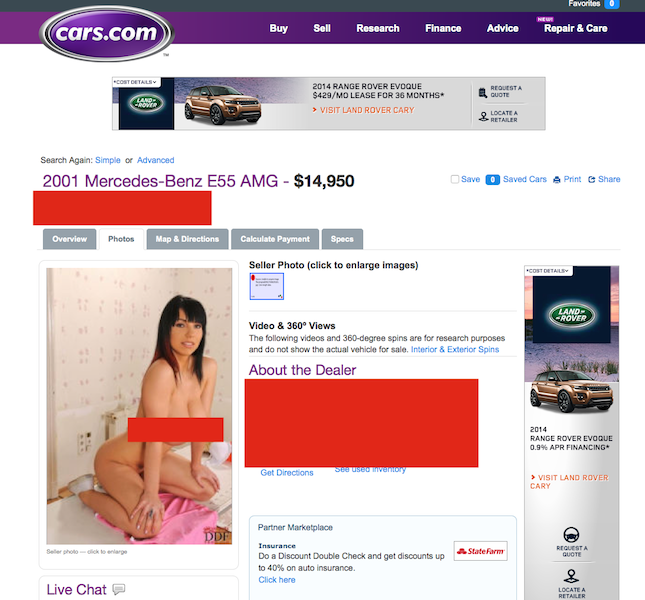
Content marketing is meant to lure an audience into your sales funnel by providing a solution to their problem without pitching your services.
Oftentimes when assisting a client in creating content marketing, the first thing that comes to their mind is content about their product or service. The problem with that is that they are confusing content marketing with advertising and, while the two should work together in tandem, they are much different from each other.
A great article on Search Engine Journal explained how content marketing is more of a means to an end rather than a sales pitch. Content marketing is meant to lure an audience that has specific desires into your sales funnel. Not through telling them how wonderful your product is but rather by providing a solution to their problem without pitching your services.
“People don’t buy products, they buy feelings.” – Tony Robbins
The article explains that people aren’t buying a product or service but rather buying the feeling or solution that comes with having it. A great example that the article shares is that consumers aren’t buying a 1/4-in. drill because they want a drill but rather because they want a 1/4-in. hole for hanging up a family picture. The drill itself is simply a means to the real goal of producing a desired outcome.
This philosophy holds true throughout all content marketing. Rather than trying to determine how to get a customer to buy your product or service first, work backward and figure out what their end goal is.
In the dealership world, all customers want a better customer experience. Once you know what your customer’s desired end goal is (i.e. their family picture hung on the wall) then you can craft content designed to provide information that leads toward the solution they desire. Whether that means increased efficiency, shop capacity or an easier sales experience, all departments need to identify what the end goal of a customer is and try to accomplish it by designing their processes backward in order to achieve them.
When relating these things to your content marketing, once you have achieved these goals (or are actively pursuing them), content should reinforce these through content that reinforces the values and benefits that your dealership offers.
It’s one thing to write about your $19.95 oil change and quite another to create content about the importance of customer experience in service. By doing the latter, it reinforces that your dealership values a customer’s time and budget. When you do this, you are creating the 1/4-in. hole for them, which is exactly what they desire.
“When dealing with people, remember you are not dealing with creatures of logic, but with creatures of emotion.” – Dale Carnegie
Every human is driven by emotion and, often, those emotions dictate decisions. Think about all of the things you’ve ever bought while standing in line at the grocery store simply because they were right there in front of you. Do you think that was an accident?
The same idea goes for content marketing. You want to make sure that the solutions — sometimes there are more than one — or outcomes that your prospective customers desire are answers that you provide. By doing that, they are more likely to be drawn into your content, more likely to follow you and, in the end, come to you when they are ready to hang that family picture.
Emotions sell. That goes for all advertising and marketing. Effective content marketing, however, doesn’t sell anything but rather elicits the emotions that lead to solving problems and offering solutions that they desire. If you can accomplish that, you will have plenty of prospects in your sales funnels and then, in concert with your marketing department, can move them down the funnel.
Don’t think of content marketing as a way to sell, but as a way to share a story that ends with the outcome the prospective customer desires.
By doing that, customers will pay attention to your product or service while ignoring all of the marketing e-mails, display ads and cold calls that your competitors are hitting them with. And that’s how you get your prospects attention and win the game. Hook, line and sinker.
(Originally published On AutoSuccess, March 3, 2020)













